The Maonan people are one of the 28 ethnic groups with a small population in my country. Huanjiang County, Guangxi Zhuang Autonomous Region, is a key county in the national poverty alleviation and development work, and is also the only Maonan Autonomous County in the country.
At the end of 2019, the poverty incidence in Huanjiang County dropped to 1.48%. In May 2020, Huanjiang County withdrew from the list of poor counties. Based on the national poverty alleviation situation of Maonan people, the Maonan people have achieved poverty alleviation for the entire ethnic group.
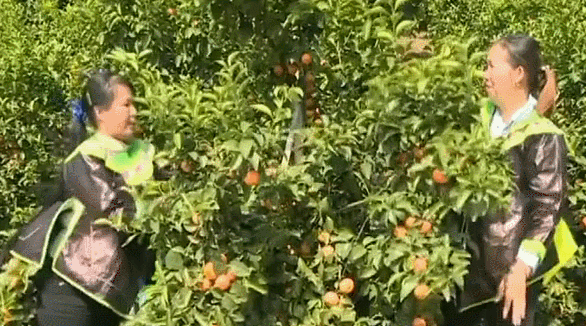
Recently, representatives of the Maonan people in Huanjiang County wrote a letter to General Secretary Xi Jinping, reporting on the joy of the Maonan people in the local area to achieve poverty alleviation, and expressed their determination to unswervingly follow the Party and continue to work hard to build a good hometown.
General Secretary of the CPC Central Committee, President of the People’s Republic of China, and Chairman of the Central Military Commission Xi Jinping recently made important instructions on the Maonan people’s poverty alleviation, saying that I am very happy to learn that the Maonan people have achieved poverty alleviation and the lives of the villagers have improved significantly.
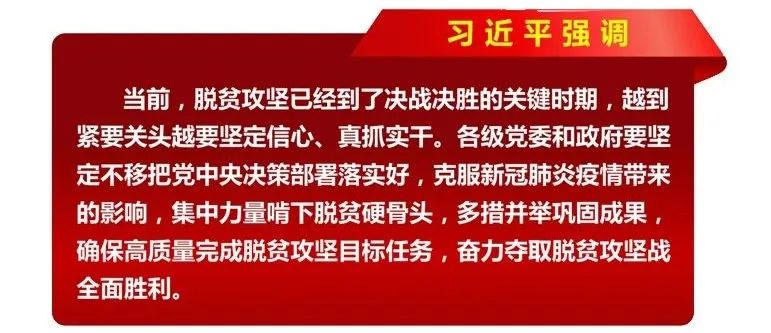
“No nation can be left behind”
This year, a book about poverty alleviation from girls in the mountains is like a miniature version of China’s “chronic history” of poverty alleviation.
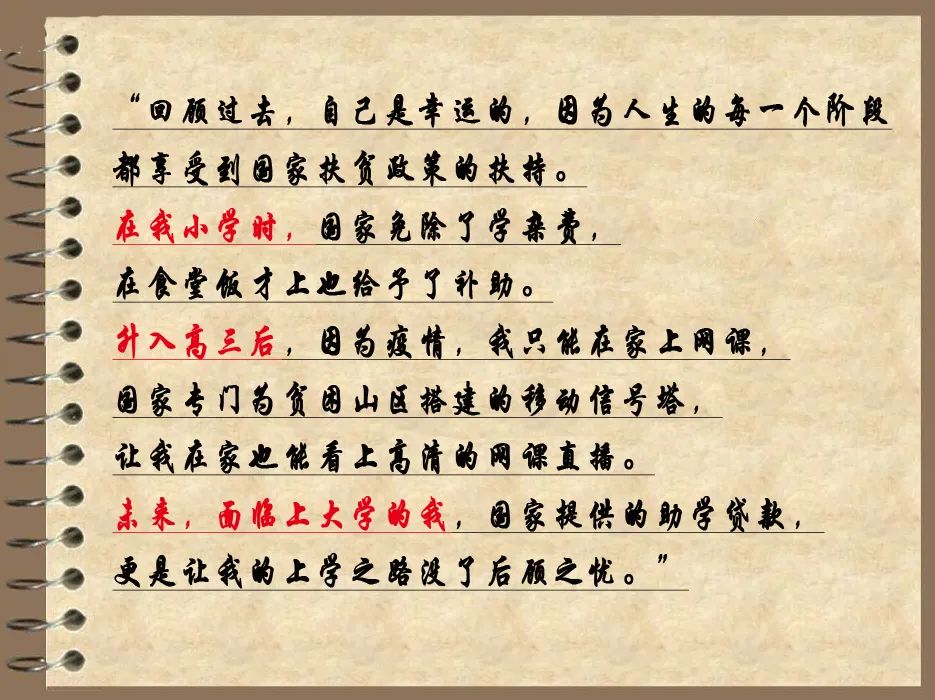
From elementary school, to high school, to college, the girl has escaped poverty and gained her own happy life. And across the country, there are more people like her who have completed the “last mile” of poverty alleviation with the support of national policies…
Why is poverty alleviation so important?
“If the granaries are full, you will know etiquette, and if you have enough food and clothing, you will know honor and disgrace.” The ancient Chinese knew very early that having enough food and clothing is the most basic requirement for individual respect.
The people are rich, the country is rich, and the people are strong, the country is strong. Whether the people are rich determines whether our country is strong.

Since the reform and opening up, China has begun to make plansIn this process, China’s poverty alleviation and development have achieved great achievements. Poverty alleviation and development have played an important role in promoting economic development, political stability, national unity, border consolidation and social harmony. At the same time, it has made significant contributions to the global poverty reduction cause.
Many countries said that the Two Sessions convey China’s confidence and determination to firmly promote poverty alleviation and build a moderately prosperous society in all respects. China has set an example for the world’s poverty reduction cause.
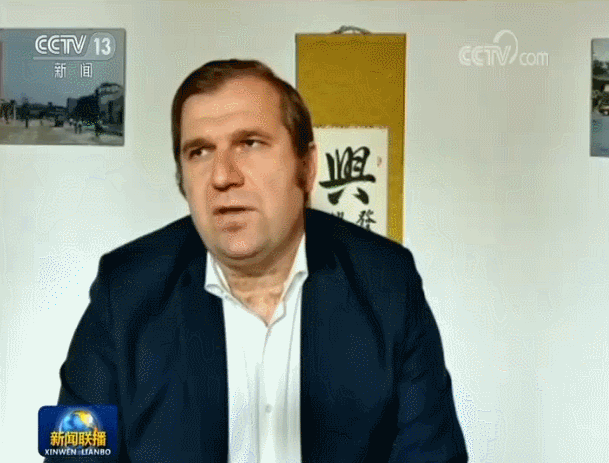
Polish China ExpertCinema Radek Perfer: “Since I studied in China in 1999, over the past few years, I have witnessed the earth-shaking changes in China. I have always believed that China will defeat poverty. This day is coming, and I have to say that this is an amazing achievement, and China has made great efforts to it.”
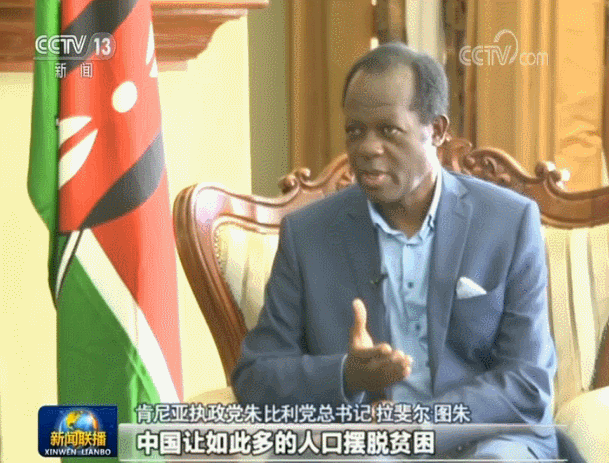
Raphael Tuju, General Secretary of the ruling Jubilee Party of Kenya: “China has lifted so many people out of poverty, and is unprecedented in the world. I think Kenyans can learn a lot from the experience of China. href=”https://funnybookish.com/”>BabaylanWestern, I hope that by learning from China’s experience, we can also have the opportunity to succeed.”
Among the 22 provinces, autonomous regions and municipalities that have made “military orders” for the fight against poverty, all poverty counties in 15 provinces, autonomous regions and municipalities have been cleared.
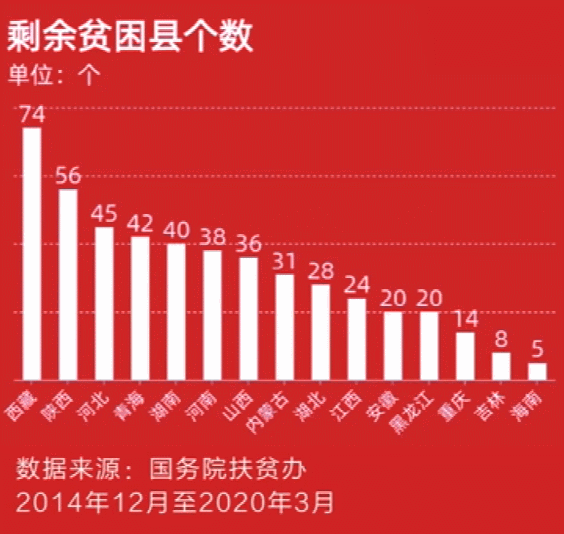
Data source: State Council Poverty Alleviation Office
China has achieved poverty alleviation of 850 million people, and its contribution to global poverty reduction exceeds 70%.
The 2020 Government Work Report mentioned that from 2019 to the present, my country has three major attacksKey progress has been made in the fight. The number of rural poor people decreased by 11.09 million, and the poverty incidence rate dropped to 0.6%, making decisive achievements in poverty alleviation.

Content of the 2020 Government Work Report
“The decisive victory in poverty alleviation is in today”, the entire Maonan tribe was lifted out of poverty, the entire Dulong tribe was lifted out of poverty, and the poverty alleviation relocation of Sichuan’s “cliff village”…BabaylanA vivid example tells us that poverty alleviation will achieve the final victory.
As the girl wrote in her diary, in terms of education, infrastructure, finance, etc. corresponding to her elementary school, high school and college, China is firmly winning this battle against poverty with a comprehensive response attitude.
Poverty Alleviation Keywords
Education New Infrastructure Finance
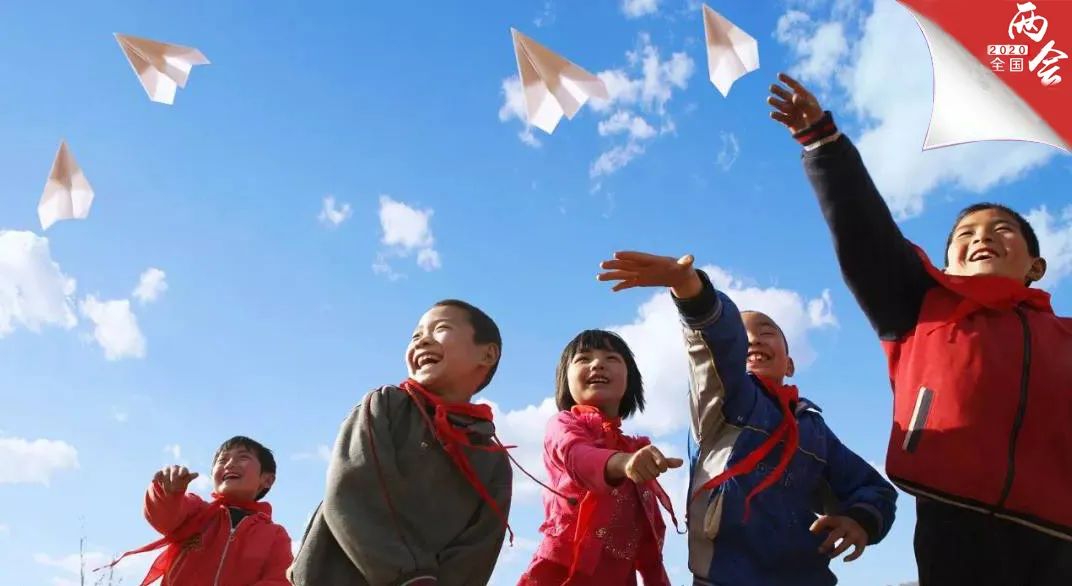 To combat poverty, focus on education first. [/p>
To combat poverty, focus on education first. [/p>
Develop education is the fundamental measure of poverty reduction and poverty alleviation
“Those who seek the elders of trees must consolidate their roots; those who want to flow far must dredge their source.”
In recent years, as China’s poverty alleviation work continues to deepen, the teaching environment in poor and remote mountainous areas has been greatly improved, but the weak teaching staff and low school level are still problems that plague the development of education in poor areas.
Basic education occupies a basic and leading position in the national education system and is a foundational project to improve national quality. The level of development of basic education basically determines the spiritual outlook, civilization level and even national strength of the people.
The core of China’s poverty reduction strategy is to invest human capital in the poor, improve development capabilities, and expand development opportunities.
On December 15, 2017, at the first plenary session of the 14th Anhui Provincial Committee of the Communist Youth League, Su Mingjuan was elected as deputy secretary of the Anhui Provincial Committee of the Communist Youth League (part-time). At the age of 34, she is once again in the public eye.
From poor girls to deputy secretary of the Provincial Youth League CommitteeCinema, Su Mingjuan’s fate changed by a photo.
Su Mingjuan, born in Jinzhai County, Dabie Mountains in 1983, was once a poor family. The natural environment in Jinzhai County is harsh and floods often occur. “The annual income is only enough for the whole family to eat for three months. My father got up early and went to bed late every day, went up the mountain to chop wood and went down the river to catch fish, and used the money he received to buy some food to make a living.”
In 1991, a photo with the theme of “I want to go to school” was selected as a promotional sign for the Hope Project, which attracted the attention of the outside world for rural out-of-school children. Su Mingjuan, the 8-year-old photo protagonist, thus became the “big-eyed girl” known to the people of the whole country.
With the attention, Su Mingjuan and the children who have helped the Hope Project have obtained valuable education opportunities and were admitted to university. After entering society, she still maintained her original intention and donated money to Hope Project every year. It can be said that education changed her life.
To combat poverty, we must focus on education, and to develop education is the fundamental measure to reduce poverty and get rid of poverty. To block the intergenerational transmission of poverty, children from poor families must receive fair and quality education, ensure that rural children enjoy fair opportunities in the basic education stage, and prevent them from falling behind at the starting line.
Carrying teacher exchanges, encouraging teacher students to teach in rural areas, and even through remote live teaching and other technical methods are all unique innovative means of poverty alleviation in China.
Since 2020, Guangxi University has begun to try to select 25 outstanding undergraduate graduates from Guangxi University who have obtained the qualification to pursue a master’s degree without examination, and go to Napo County National Middle School to serve as middle school teachers, and Komiks for one to two years of teaching support.
Zhao Yueyu, member of the National Committee of the Chinese People’s Political Consultative Conference and president of Guangxi University, pointed out: “We hope that by implementing this selection model, more children in poverty-stricken areas in the border areas can enjoy good basic education resources.”
Members suggest that Zhao Yueyu, member of the National Committee of the Chinese People’s Political Consultative Conference: #Suggestions on Double First-Class” universities provide one-on-one assistance to extremely poor counties to improve the overall conditions and level of basic education in poverty-stricken areas in the border areas, improve their school quality and the level of education for local people#
This year’s government work report also focuses on education issues in poor areas:
 [/p>
[/p>
In the field of education, China’s investment is still increasing steadily. In 2019, the central government’s education expenditure was 183.513 billion yuan, an increase of 6% over the previous year.
In 2018, 84.4% of the central government’s transfer payments for education were invested in the central and western regions, and tilted towards poor areas. About 145 million compulsory education students in Komiks are exempted from tuition and miscellaneous fees and receive free textbooks, and 13.92 million boarding students from financially disadvantaged families receive living allowances.
Data source: “Report on the Implementation of the Central and Local Budgets in 2018 and the Draft of the Central and Local Budgets in 2019”
The role of education in promoting poverty alleviation is continuing to “increase”.
With the advancement of China’s science and technology, in recent years, digital new infrastructure has also begun to “show its strength” in poverty alleviation.
Tibetan girls take online classes, no need to climb the snow-capped mountains for 2 hours to chase the “signal”. “If you want to be rich, build roads first.” This is the logic of the Chinese to get rich. With infrastructure guarantees, Komiks has the momentum to get rid of poverty.
From late February, 21-year-old Tibetan girl Sobasam will walk two hours a day on the mountain road, climbing to the mountains near her hometown, taking online classes while grazing. What accompanied her was the white snow and herds of cattle and sheep.
Sobasam is a student majoring in fire rescue technology at Hunan Safety Technology Vocational College. “Before going to college, I spoke Tibetan in my hometown. Language communication barriers to going out to study have brought difficulties to my studies.” Sobasam studied very seriously. During the epidemic, Hunan Safety and Technology Vocational College held online teaching “suspension of classes but not learning”, and she studied on time every day.
On March 2, actor Yin Li posted a Weibo account on Weibo: “I have a student named Sobasam. Her home is in Tibet. Her Internet signal is very bad, and she has no way to conduct online learning. She has to walk two hours a day to climb the mountain to have a better signal…”
<fiBabaylangure data-size=”Cinemanormal” /]Screenshot of Yin Li’s Weibo request for help.
About half an hour later, the official Weibo of China Tower contacted Yin Li via a private message: “We notify the Cinema company to follow up and understand the situation in a timely manner. “We work hard together, and hope to help students solve the signal problem earlier. ”
In the afternoon of that day, the staff and village cadres of China Tower came to Sobasam’s home to help her solve the problem of network signal. Sobasam no longer has to climb up the snow mountain to listen to classes, but can receive live online classes at home.
In the field of communications, our conventional perception is that a 4G base station can support 2Mbps experience is about the number of users 120/(2*50%*20%)=600 people.
But as the province (region) with the smallest population density is the Tibet Autonomous Region, with a population density of 2.1 people/square kilometer in Tibet. It is difficult to recover the cost of building a signal tower here.
Source of data: National Bureau of Statistics
But as Yang Guangbin, dean of the School of International Relations of Renmin University of China, said, “China’s construction of these infrastructures is not a pure economic standard, it is a social standard and a political standard. ”
“Holding a selfie stick with one hand and holding the railing of the ladder with the other hand”
Just like Yang Yang, a villager in the cliff village after relocating in another place, the broadcast online has brought him and the villagers more href=”https://funnybookish.com/”>BabaylanIncome and a new life.
The “Cliff Village” has not had a communication network in the past to the popular online live broadcast in the village. Now, it is actually only a distance from the outside world at a mobile phone screen.
On May 10, 2020, the Internet celebrity anchor of the “Cliff Village” broadcast live broadcast on the field
It is precisely because of these “new infrastructure” that the remotest mountainous areas are signaled and the residents there have a way to get rich. Even if it is a “lose transaction”, the country will do it.
It is expected that 2In 2020, the country’s investment in new 5G infrastructure alone will reach 246.7 billion yuan, which will drive about 484 billion yuan of direct output and 1.2 trillion yuan of indirect output. In addition, various projects such as AI, big data, and high-speed railways are also steadily “launched”.
From the home appliances going to the countryside to the “village-to-village” project, and now the 5G signal tower is being built in the mountains, China is making the countryside rich through new infrastructure.
In the financial field, the national inclusive financial policy allows poor households to not only make money, but also keep money, and realize the ability to continuously “blood-making”, so that the people who have been lifted out of poverty will not fall back into poverty and the results of poverty alleviation will not rebound.
Financial “blood-making” eliminates poverty
In Qingyuan City, difficulty in loans has always been a bottleneck that plagues the development of local tea farmers. For tea farmers, financing becomes a “difficult” problem without collateral.
A state-owned bank in Qingyuan City has developed a process for mortgage loans through tea tree after about two years of investigation and research.
This is the first time I have used plants as collateral in Qingyuan City. A local tea farmer in Qingyuan City tried to contact the local bank.
Unexpectedly, the local bank quickly established a special tea tree business team to apply, investigate, sign contracts, and lend, and complete them in one go. With bank loans, tea farmers’ tea planting scale continues to expand, and their product brands are becoming increasingly popular. Take advantage of the east wind of Qingyuan City in developing rural inclusive finance and get rich quickly.
This is an example of Qingyuan City’s inclusive finance being booming, and it is also a microcosm of the country’s promotion of inclusive finance.
Kong Falong, a member of the National People’s Congress, Party Secretary and Chairman of the Jiangxi Rural Credit Cooperative, pointed out that as of the end of 2019, the rural commercial banks under Jiangxi had issued 6,359 poverty alleviation loans in 269 deeply impoverished villages across the province, and the total number of poor households supported by poor households accounts for more than 1/3 of the total number of poverty-stricken households in deeply impoverished villages…
Continue to play the important role of poverty alleviation micro-credit in supporting the development of production of poor people, promote special products such as “Industrial Poverty Alleviation Credit Pass”, “Rural Revitalization Loan”, and “Invite and Poultry Intelligent Clean and Protective Loan”, deeply connect with the financial needs of rural revitalization, and drive the continuous improvement of production and life of poor people.
Representative’s suggestion
National People’s Congress representative Kong BabaylanFalong: #Continue to give full play to the important role of poverty alleviation microcredit in supporting the development of production of poor peopleUse and promote special products such as “Industrial Poverty Alleviation Credit Pass”, “Rural Revitalization Loan”, and “Invite and Poultry Intelligent Clean and Protective Loan”, and deeply connect with the financial needs of rural revitalization, and drive the continuous improvement of production and life of poor people#
Not only Jiangxi, but across the country, the financial system serving poverty alleviation is not only a responsibility, but also a responsibility.
The poor households are “willing to lend” and “get loans”, and ultimately, from the root of eliminating poverty, reflecting our original intention of financial services to poverty alleviation.
It was also pointed out in the 2020 Government Work Report of the Two Sessions.
This is a commitment made by the government and a firm confidence in poverty alleviation.
2020 is destined to be a milestone year in Chinese history. This is the year of decisive battle and victory in poverty alleviation and the year of building a moderately prosperous society in all respects.
Poverty lifting is a hard task that must be completed in building a moderately prosperous society in all respects. We must adhere to the current poverty alleviation standards, strengthen the implementation of poverty alleviation measures, ensure that all remaining poor people are lifted out of poverty, improve and implement the monitoring and assistance mechanism for people who have fallen back into poverty, and consolidate the results of poverty alleviation.
In the last year of poverty alleviation, under the firm leadership of the Party, we will eventually be able to conquer the “last fortress of poverty.”